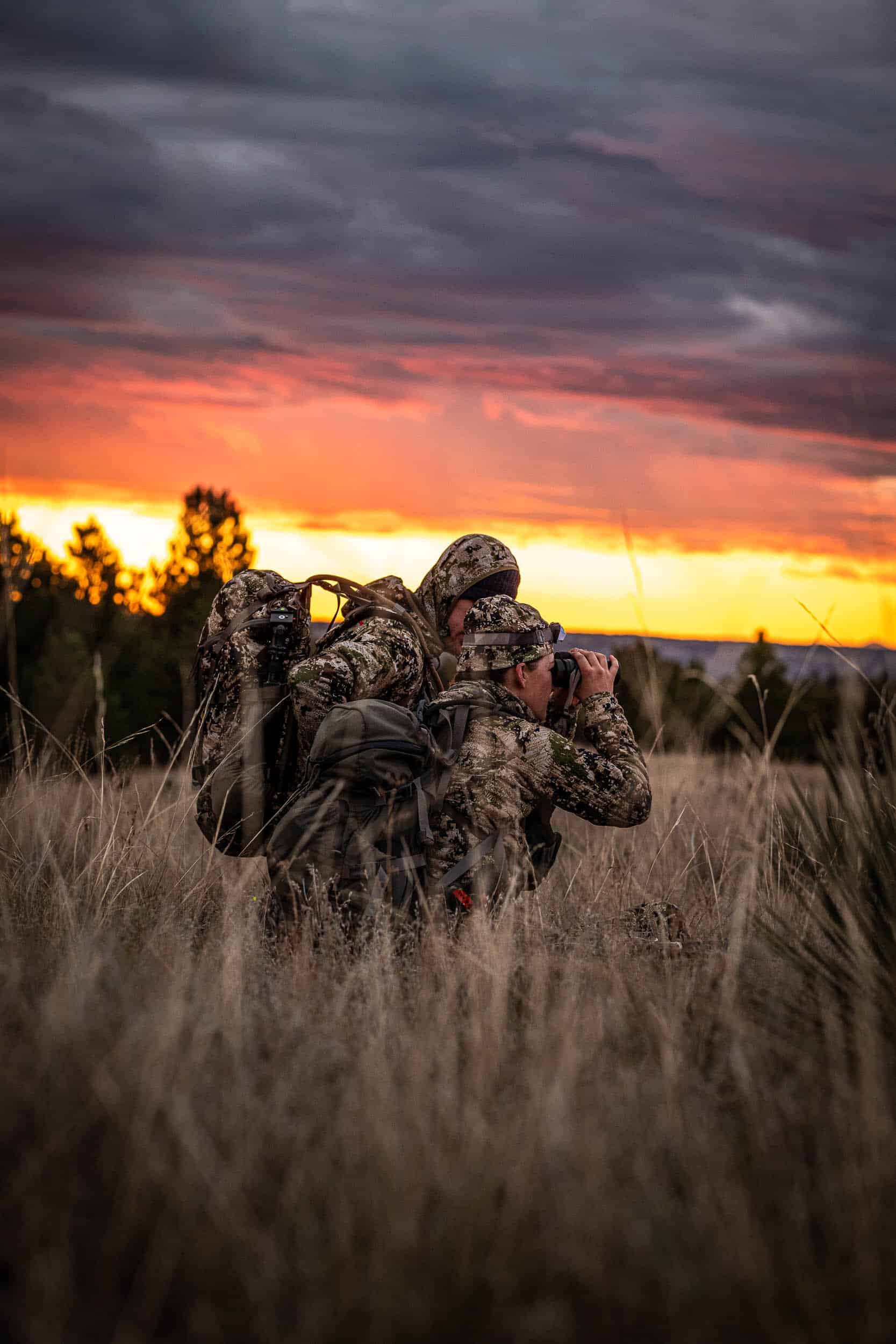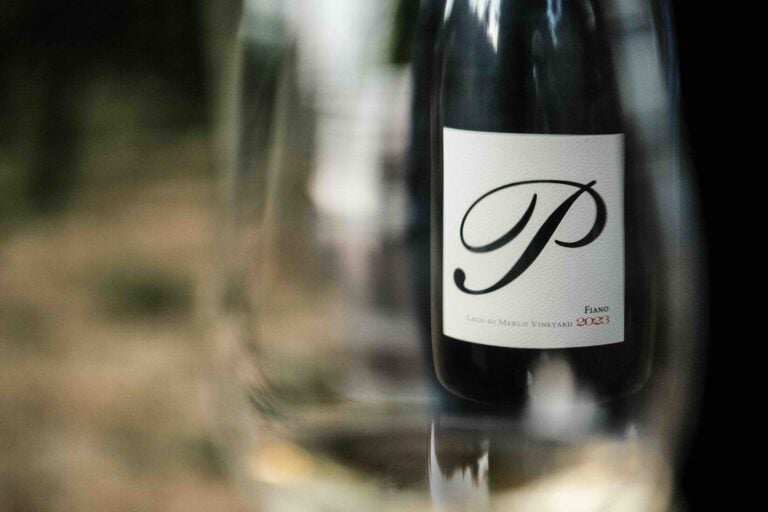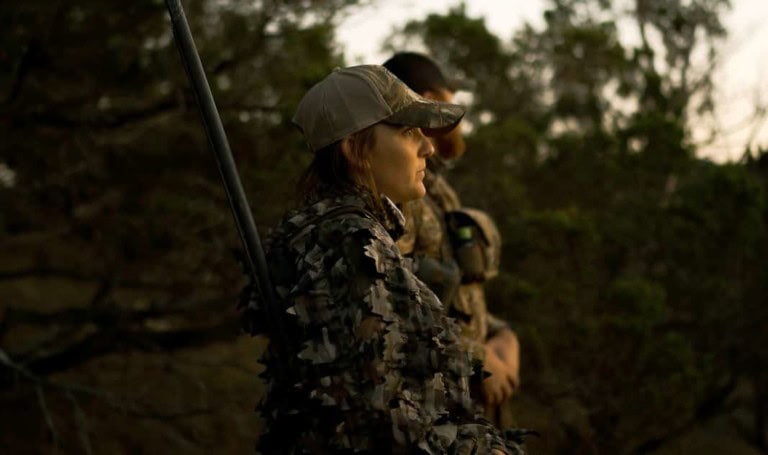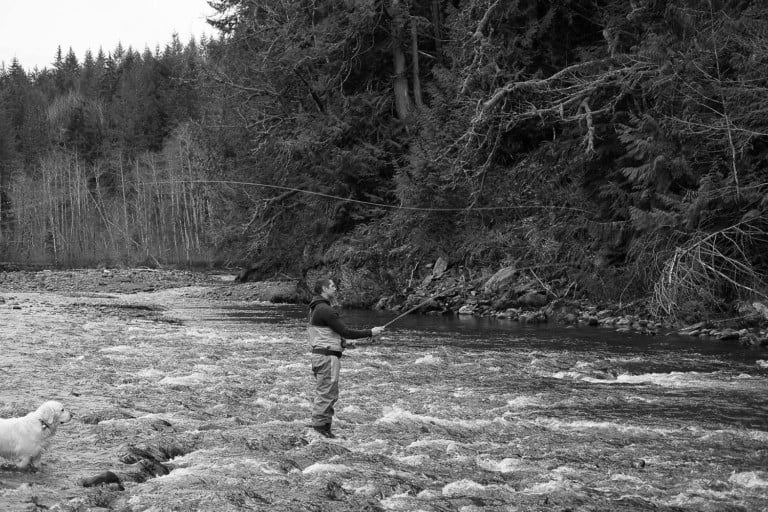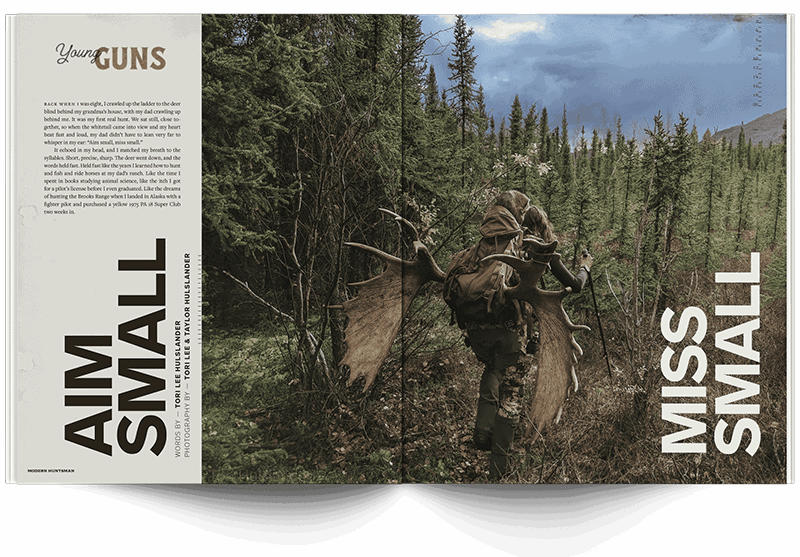On a very normal winter day at home in Salt Lake City, I got a call from Ryan Holm over at Mystery Ranch. We’d originally met a few years ago, and I knew he was one of the few folks in the industry with passions that spanned the hunting and outdoor sector, and was working hard to communicate the values of each community. He’d been keeping tabs on my journey as a hunter, and knew I was working up to my first archery season. Ryan had a vision for a hunt using only sticks and strings — traditional bow hunting — and for some reason, he thought to include me. After our call, I nearly leaped out of my boots at the opportunity he’d presented me with: to learn how to shoot traditional bows together over the next six months, and test our skills on a mule deer hunt on the American Prairie Reserve in central Montana. It had always been a part of my grand plan as a hunter to work my way into bow hunting. For beginners who didn’t grow up familiar with guns, there is something about it that seems a bit more approachable, and even romantic. However, I knew, ethically speaking, that I needed to first learn with a rifle. You see, with abow, it is a much different dance with an animal. It requires close range, and has less knock-down power, so it’s important to know exactly what you’re doing. I had hoped that after three seasons of dedicating myself to rifle hunting, I’d have enough of a foundation established to start bowhunting. The timing of this call from Ryan was somewhat fortuitous, as it was my fourth season and I’d won a special permit in Utah that allowed me to hunt the bow, muzzleloader and rifle seasons. This way, I could tip-toe into archery, and have rifle season to fall back on if I didn’t get an opportunity with
